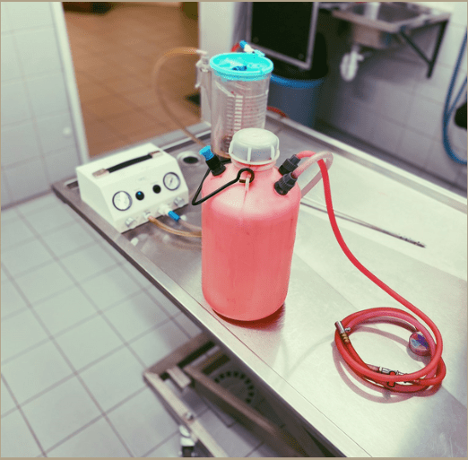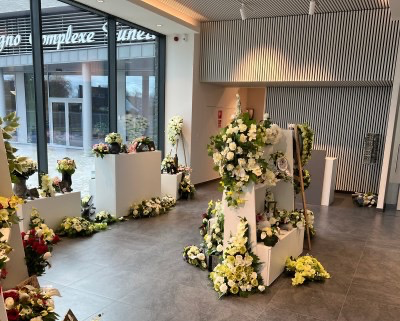The embalmers of Belgium and Germany are truly on the frontlines of embalming. As we lament the death of embalming in the US, perhaps we need to observe its growth across the ocean and think about how we can be reminded of its roots.
Embalming is generally a localized activity. One typically serves a community of finite people within their area, interacts with funeral professionals near them, and uses techniques passed down to them from a line of embalmers who cared for families using much of the same equipment and philosophies.
However, it doesn’t have to be that way. As an educator for the past eight years and an embalmer for 12, I underestimated the value of knowing what my counterparts in Europe were doing until I was privileged enough to experience it firsthand with embalmers in Belgium and Germany. I had always imagined that the American embalming procedure and that of someone in Europe were similar in nature, however, in retrospect, I should have known better.
I also learned that here in the United States, we are very spoiled. We have the ability to run as much water as we’d like on the embalming table during the procedure, in fact it is encouraged to remove any drainage in order to avoid chemical and biological hazards. We also have access to formaldehyde from a long list of companies and the cost is almost an afterthought. This is not the case for many Belgian and German embalmers who are beholden to a separate way of managing their biohazardous and chemical wastes and the chemicals they can use. In the United States, we can use our classic or fancy centrifugal pump machines. In Belgium and Germany, many use air pump embalming machines with two reservoirs; one for the solution for injection, and the other that creates suction to drain blood via the “heart tap” method (entry of the trocar into the right atrium of the heart) and any other aspirant. There are no free-flowing liquids, it is all contained to be cremated later.
Further, they are true students of embalming science; so much so they use the term “thanatopraxie” as opposed to “embalming.” The French coined this word to differentiate modern arterial injection from that of the Ancient Egyptian technique of mummification. They treated our presence and information we could share as if it were gold. On the restorative art side, they were fascinated with the treatment of trauma, decomposition, and the application of color theory. On the embalming side, they were rapt with the comprehension of postmortem changes, the functions of embalming chemicals, and how they were applied. It was obvious that they were hungry for information about embalming that we in the US take for granted. Because myself and my fellow presenters had a reputation for having this kind of knowledge, we were treated like celebrities. We were humbled by the kindness we experienced, and of course were happy to share everything they wanted to know. I, myself, became “misty” when during the evening gala to celebrate the Belgian Institute of Thanatopraxie’s 50th Anniversary we were named members of their association, just for being willing to travel there and share what we knew.
While there, I learned many things; French Fries originated in Belgium, there is a level of cheese-related Heaven that can be achieved outside of the United States, and the embalmers of Belgium and Germany are truly on the frontlines of embalming. As we lament the death of embalming in the US, perhaps we need to observe its growth across the ocean and think about how we can be reminded of its roots. While it may not be possible for everyone to travel to Europe or Central America or Antarctica to see what they do there, please think of this writing as reminder that there are embalmers all over, in their prep rooms carrying on the value of embalming. We see enough death, so take heart that embalming is very much alive. We just need to look outside of our prep rooms to see it. The flowers might look a little different, but they are there, thriving.

Air Pump Machine—Photo Credit: Amanda King

Embalming's New Front Line